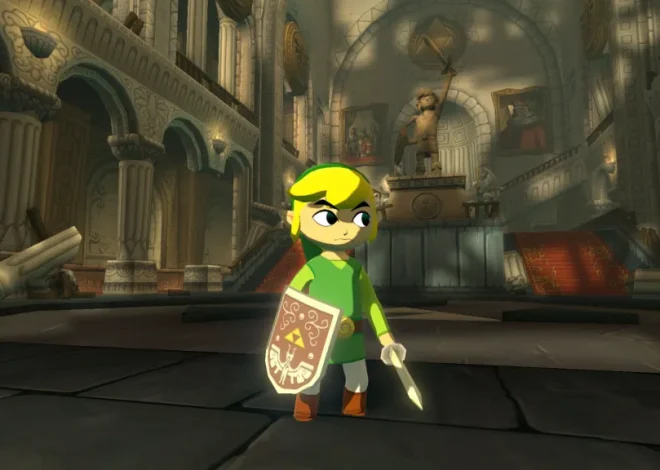Wind Waker Game
Master Forsaken Fortress Navigation Challenge in the Wind Waker Game
Early on in the game, one of the most recognizable and difficult sections is The Forsaken Fortress. Its soaring walls, hitting searchlights, and maze-like hallways force players to depend on stealth and calculated movement. Every mistake could find Link in a prison cell, requiring him to start over. Negotiating the fortitudes calls for both patience and great attention to detail. A consistent Zelda: The Wind Waker Walkthrough can offer insightful analysis on learning this stealth-heavy part for individuals trying to improve their tactics and reduce failures.
Appreciating the Fortress Design
Designed with dead ends, twisting staircases, and linked halls, the construction of the Forsaken Fortress is purposefully perplexing. One can easily be turned around without a good knowledge of its degrees and paths. Players should concentrate on observation—searching for minute visual cues such as lighted entrances, faint shadows, or musical shifts suggesting danger or advancement. Understanding important sites, including the lockup cells, tower tops, and key yard, helps create a mental map that simplifies navigation for first-time visitors as well as returning trips.
Avoiding Detection and Using Tools Wisely

The foundation of the Forsaken Fortress is stealth. Link starts without his sword, so he depends on creative strategies and the surroundings to evade guards. Two essential skills are timing moves between patrols and hiding under barrels. Turning off searchlights becomes a high concern to stop alerting adversaries during important transitions. More choices for movement and diversion open up as new tools—like the bouncer or grappling hook—become accessible. Reducing trial-and-error irritation, a useful Zelda: The Wind Waker Walkthrough can help gamers on when and where to strike or stealth.
Finding the Best Route to Your Goal
Navigating the terrain calls for great efficiency. Though the design provides several routes, not all are equally quick or safe. Smooth progress depends on realizing high ground for a better view, if at all possible, ladders instead of hallways, and knowing adversary behavior. Later visits give more latitude with additional objects, allowing for innovative routing and formerly denied access. Maintaining mental notes about shortcuts and bottlenecks will help one to make repeat visits far less difficult.
An important turning point in the adventure is beating the Forsaken Fortress. It tests the player’s endurance, focus, and adaptation, therefore building a good basis for the more difficult dungeons to come. Once perfected, this section shows development in both knowledge of game mechanics and skill and starts to be a place of confidence instead of caution. Overcoming the fortification shows that even the most fortified locations may be taken by means of the correct timing and approach.

